There’s no denying that the HTC One (M8) is the phone HTC wants people to buy. It’s big, fast, sleek, stylish and made of metal. It’s everything a flagship smartphone is supposed to be. But HTC has never been a company to give you a single smartphone option and dictate what your smartphone preferences should be. While HTC’s main focus for the past two and a half years has been on the One series, the company has continued to churn out HTC Desire phones which have inherited some of the looks and features of its flagship devices. In 2014, that all changed.
The HTC Desire 816 was introduced at Mobile world Congress with a unique design which set it apart from HTC’s flagship phones. The phone features great specs and an eye-catching curves, but the HTC Desire 816 is making its own statement. It’s not a watered-down flagship smartphone. The HTC Desire 816 is the new mid-range flagship for HTC.
Specs
Those who love bleeding-edge technology will certainly scoff at the HTC Desire 816’s spec sheet. But the Desire 816 wasn’t built to impress that crowd. HTC put together a phone that has enough power to deliver a great gaming and multimedia experience in an attractive package with a price that won’t hurt the bank. The Desire 816 is powered by a quad-core Qualcomm Snapdragon 400 SoC with 1.5GB of RAM and has a gorgeous 5.5-inch 720p display (267 ppi), 8GB of internal storage and a microSD card slot which supports up to 128GB cards. The Desire 816 has a traditional 13 megapixel BSI sensor on the back and a 5 megapixel camera on the front with an 88 degree wide-angle lens.
Design: beauty in simplicity
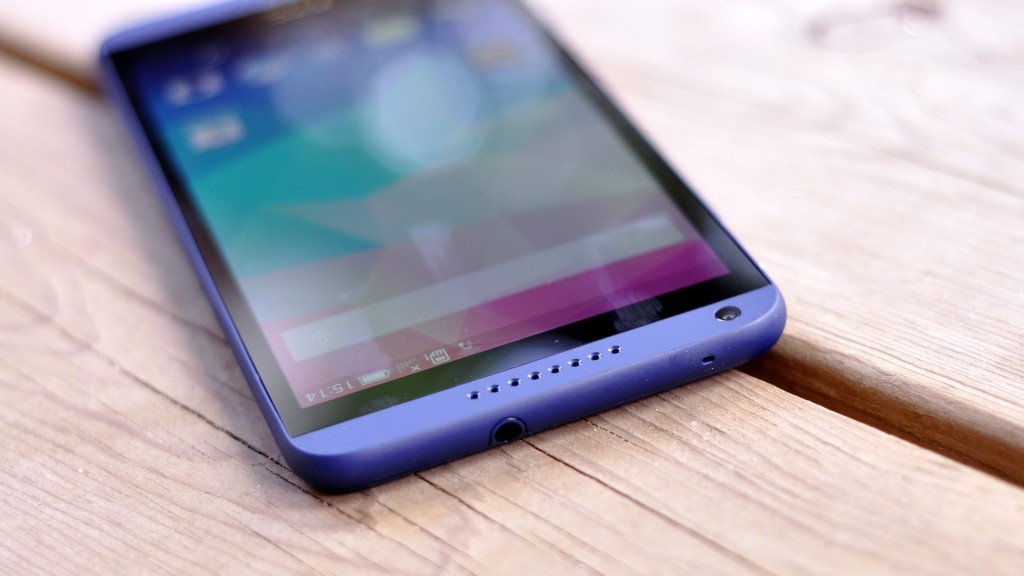
The HTC Desire name has become synonymous with HTC’s mid-range smartphone lineup, but 2014 is the first time that the company has sought to deliver a consistent and cohesive design theme for all the phones that share the Desire name. The HTC Desire 816 was the first phone from HTC to use this new design language which consists of a polycarbonate unibody shell with a matte finish on the front and a glossy finish on the back. Compared to the HTC One family, the Desire 816 is subtle, yet elegant. The contrast between the matte and glossy polycarbonate finishes looks extremely nice, but you’ll have a hard time keeping the phone looking pristine since the back of the Desire 816 seems to attract smudges and fingerprints instantaneously.
The Desire 816 isn’t small, measuring 156.6 x 78.7 x 7.9mm with a weight of 165 grams. The majority of the phone’s size and weight is attributed to its 5.5-inch display, but the front-facing BoomSound speakers do add to the phone’s overall footprint. If you’re used to holding large phones, the Desire 816 will feel quite natural in your hand. You will need to do some hand gymnastics if you want to use the device with a single hand, so don’t be surprised if you switch to a two-hand approach after a few days.
Since the HTC Desire 816 is quite large, HTC chose to place the phone’s power button on the phones left edge, right above the volume rocker. The aluminum buttons are accented by a chamfered edge and have a dark blue coating which matches the color of the phone. Since the back cover of the phone isn’t removable, the SIM and microSD card slots are located behind a rubber flap on the right edge of the phone. The glossy back of the HTC Desire 816 sports a faint HTC logo right in the middle and the camera and aluminum trimmed flash are located further up in the top left corner.
Software: a sixth Sense
Manufacturer software on Android has always been one of the main selling point or drawback for specific devices. Back when Android was still going through its growing pains, HTC introduces Sense which added features like multi-touch, dozens of widgets, social media contact integration and a lot more. But after a few iterations of Sense, it was clear that HTC had gone too far. The software turned gaudy and was extremely bloated. HTC’s software engineers started to pull things back when the HTC One X was introduced in 2012 and Sense 6 which ships on the HTC Desire 816 is the most streamlined version of HTC’s custom software that we’ve ever seen.
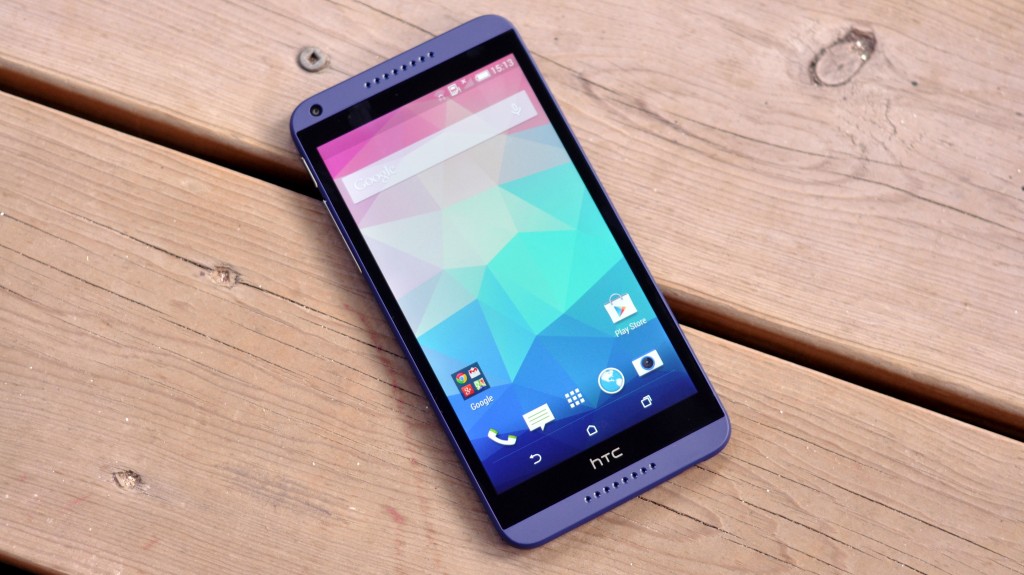
Sense 6 has dozens of features, but the main thing that stands out is its simplicity and color. If you’ve enjoyed the flat UX that Google’s been pushing on stock Android, Sense 6 should be right up your alley. HTC has gone back to the drawing board and delivered a user interface that’s intuitive, simple and fresh while optimizing the underlying code to make it more responsive than any other custom Android UX on the market. BlinkFeed (HTC’s custom social network and news feed aggregator) is one swipe from the home screen, and it’s the first place you’ll notice that there’s something different about HTC’s latest software. The dark gray from previous versions has been replaced with a vibrant color pallet which user can customize. All the app and settings icons have been flattened and simplified and all of HTC’s pre-installed apps bleed through the notification bar at the top, giving the phone’s software a more cohesive feel.
The software on the HTC Desire 816 isn’t quite perfect, but it’s a breath of fresh air when compared to what Samsung, LG and Sony have been offering lately.
Camera: mid-range optics
In a world where megapixel count has lost its meaning, the HTC Desire 816 keeps it simple. The phone is equipped with a 13 megapixel BSI sensor and an f/2.2, 28mm lens on the back and sports a 5 megapixel BSI sensor with a wide-angle selfie cam (HTC’s terminology, not ours) on the front. Yes, the megapixel count is much higher than the HTC One (M8) 4 megapixel DuoCamera setup, but that doesn’t necessarily mean the Desire 816 will take better pictures.
The pictures are larger and do give you a lot more pixel to crop when posting to Instagram, but you may not want to. We’re not sure if HTC is trying to make a point that its UltraPixel approach is better than a mobile imaging sensor with smaller pixels, but we haven’t really been impressed with the camera of the HTC Desire 816. The images are vibrant and color accuracy is spot on, but the end result always lacks the detail we’d expect from a 13 megapixel camera.
If you indulge in the recent selfie craze, you’ll definitely enjoy the front-facing 5 megapixel came on the Desire 816. The wide-angle lens allows you to frame a lot more of your surroundings in your pictures and the countdown timer ensures you have enough time to take your eyes of the on-screen shutter button and look at the lens. Image quality is much better than what you get from competing devices, but we still recommend handing the phone over to a friend to take your picture if you want a better shot.
The camera software on the HTC Desire 816 is the same as what HTC has included on the HTC One (M8). The interface is simple, giving user quick access to the Desire 816’s front-facing camera with a simple swipe down when the camera app is open. Like most other Sense 6 devices, you are able to manually adjust brightness, contract and exposure on the Desire 816 and even save as many presets as you want so that you can take the perfect picture with just two taps.
The HTC Desire 816 is missing the HTC Zoe, Pan360 and DuoCapture features. It would be nice if HTC included them on its mid-range phones, but we understand the need to set the HTC One (M8) apart from its other phones, especially when there’s such a huge price gap between them.
Performance
The Desire 816’s 1.6GHz quad-core Qualcomm Snapdragon 400 SoC and 1.5GB of RAM aren’t going to turn any heads, but we were pleasantly surprised to find that the phone’s internal specs were powerful enough to deliver a more than enjoyable multimedia and gaming experience. Benchmark numbers show that the Desire 816 has about half of the 3D processing power of the HTC One (M8) and the Samsung Galaxy S5, but the phone can easily handle Asphalt Overdrive and Blitz Brigade on their highest settings without breaking a sweat.
Flagship Android phones do load games and app a little quicker than the HTC Desire 816 does, but we’ve never experiences any significant lag which made us think the phone would be significantly better off with more RAM or a faster processor.
Battery: long-lasting delight
When we reviewed the HTC One (M8), we were quite impressed with how long the phone was able to last on a single charge. In many cases, the One (M8) could go a full day and still have a 20-30% charge when it was plugged back in at night. Things are a little different with the HTC Desire 816 – and that’s a good thing. Thanks to HTC’s software optimization and the efficient quad-core Snapdragon 400 processor, the HTC Desire 816 can easily make it through a day and a half of use. If you’re extremely conservative, you can make it two full days without having to plug the phone in.
On top of that, the HTC Desire 816 also has Power Saver and Extreme Power Saver modes which extend the life of the phone even further. Power Saver mode reduces the clock speed of the Desire 816’s processor, turns off the haptic feedback and does some smart data management when the phone isn’t used for extended periods of time. With the setting enabled all the time, you can expect to get an extra 10-15 percent battery life. But if you’re phone only has a 10% charge remaining, you can enable Extreme Power Saving mode which will keep your phone alive for 6-10 hours. The catch is that you can’t really do anything with your phone when the Extreme Power Saving mode is turned on. You can make phone calls, send text messages read email with HTC’s email client and user the calculator, but that’s about it.
Conclusion
The HTC Desire 816 is one of the most interesting mid-range devices we’ve used this year. The phone is priced extremely low, yet it offer an experience that’s worthy of a $450 price tag. No, the phone isn’t perfect. We wish the camera was better and HTC should have used a matte polycarbonate finish on the back since we detest the sight of fingerprints on our phones, but the phone’s performance, size and battery life make it a joy to use.
If your phone buying decisions are based on the latest and greatest specs, the Desire 816 isn’t for you. But if you simply need phone with a great media and gaming experience at an amazing price – the HTC Desire 816 is one of the best choices out there.




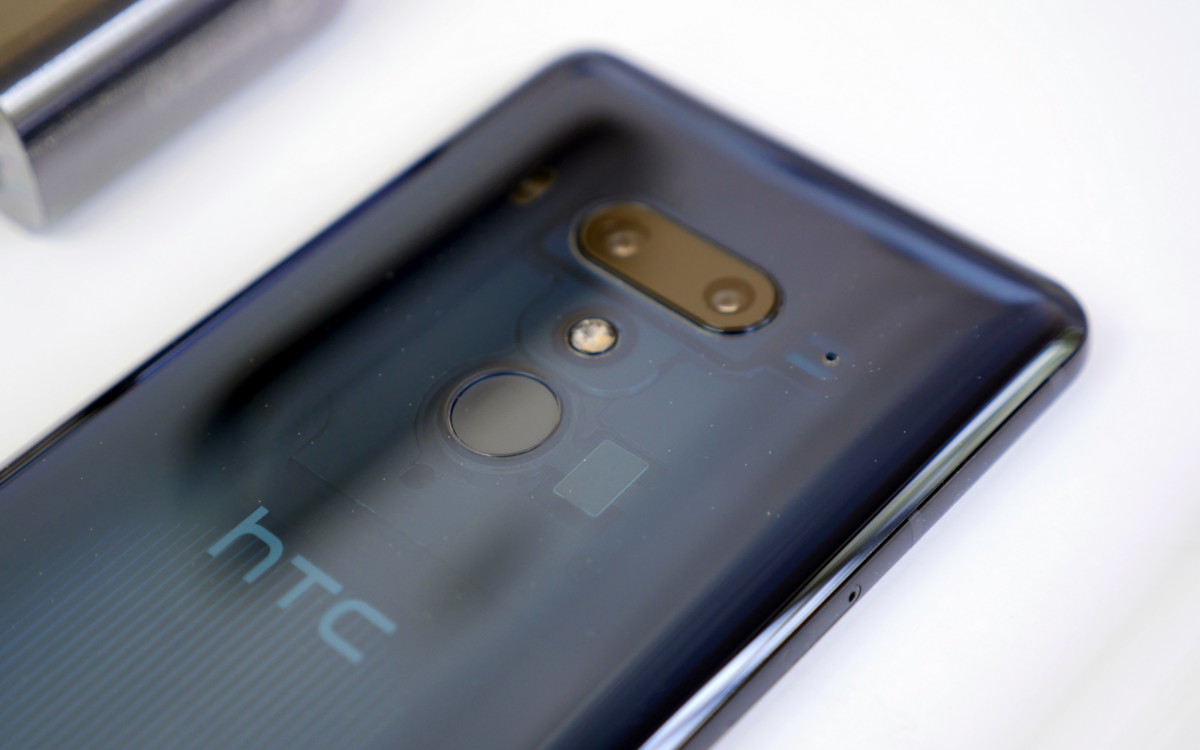
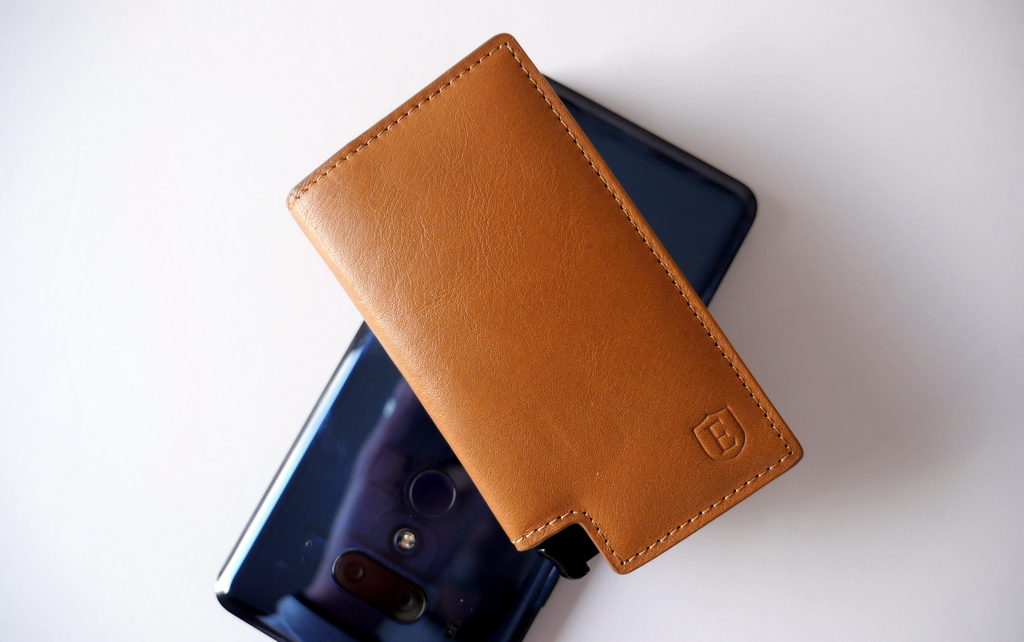

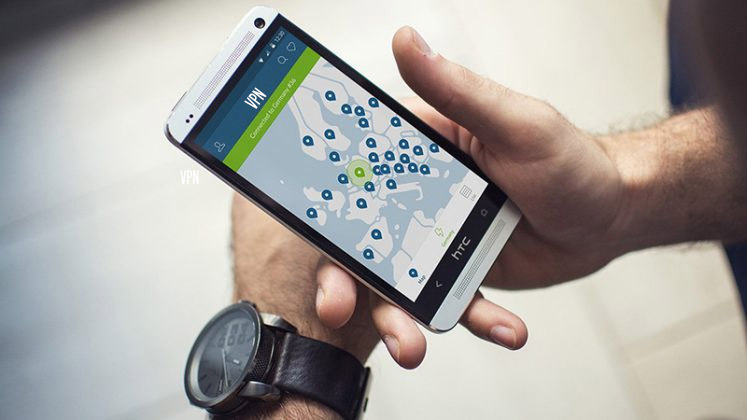
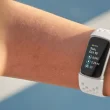

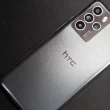
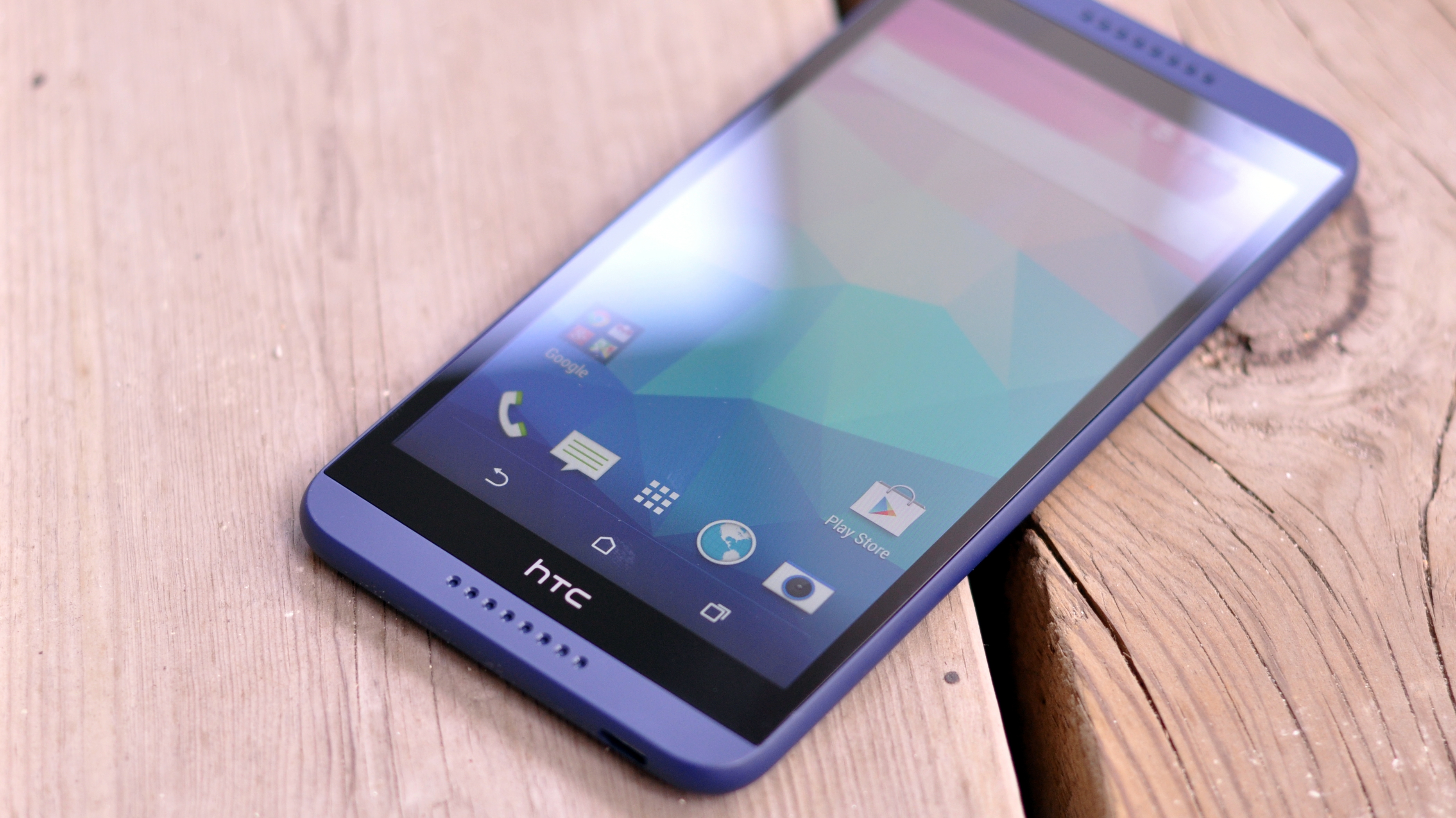



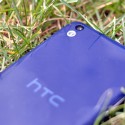
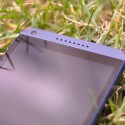

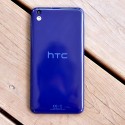
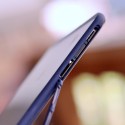
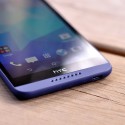
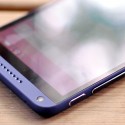










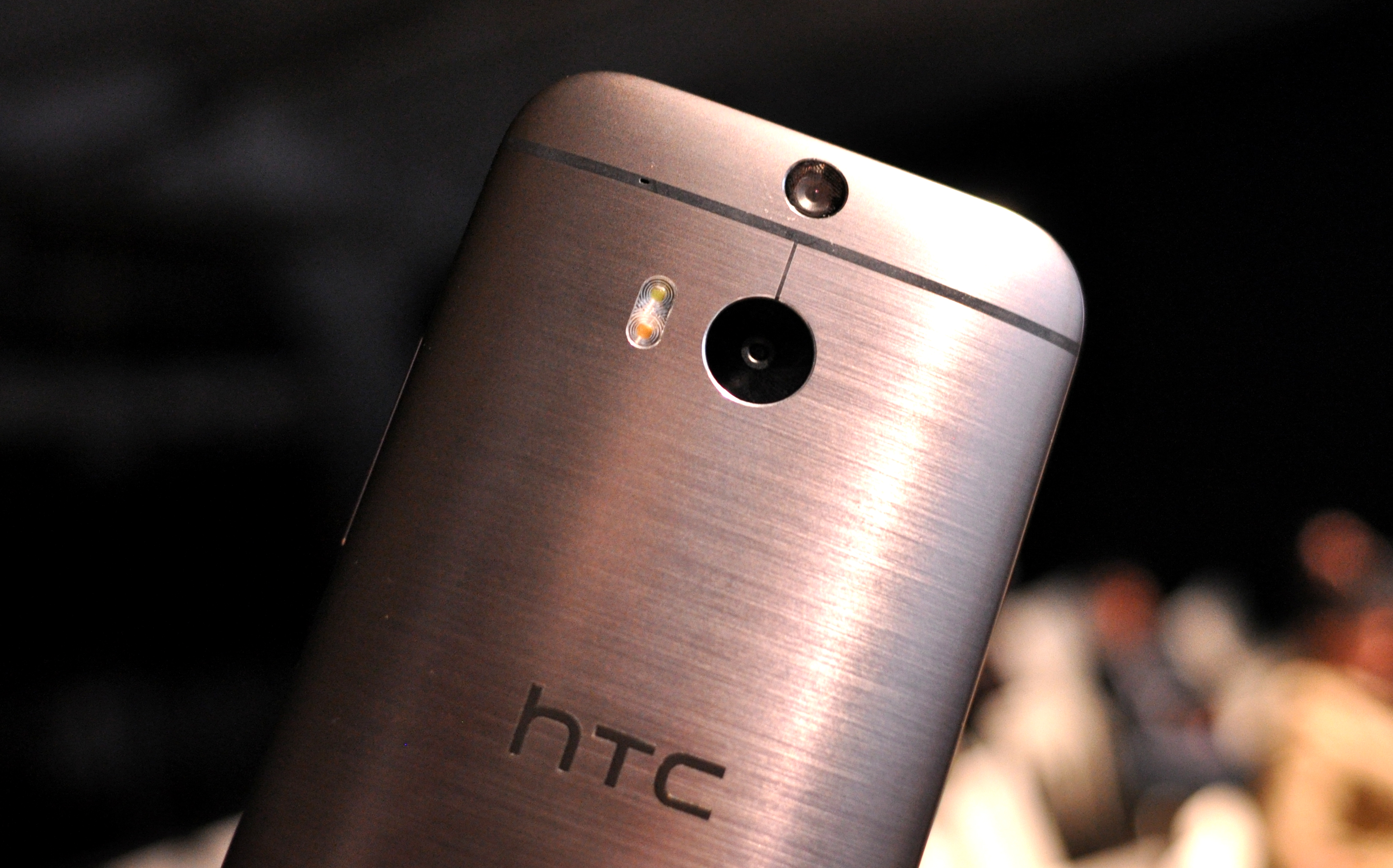
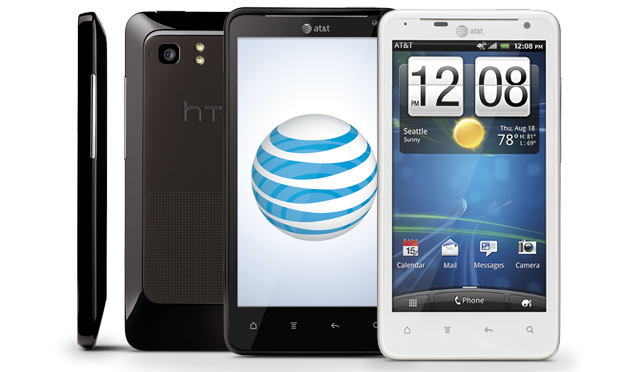
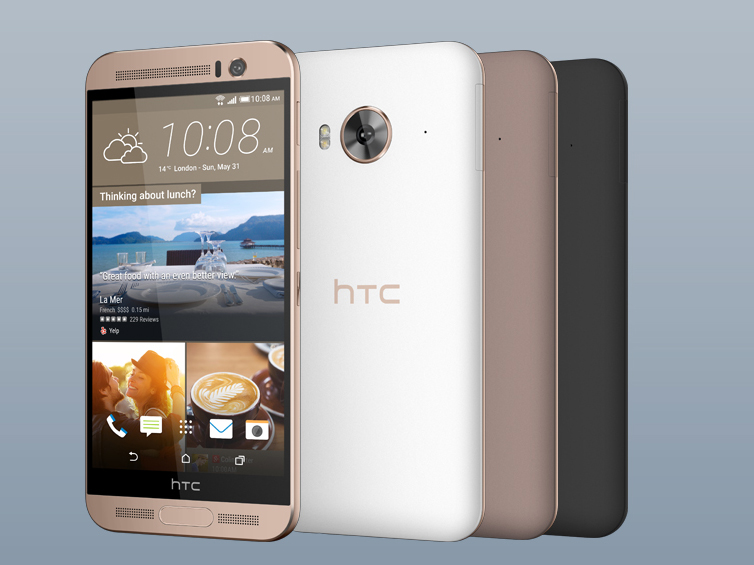
I
am having Htc 816,Its very disappointing that HTC 816 doesn’t have the
facility to select a default sim to make a call or message
instantly,Every time we have to select slot 1 or slot 2 for making a
call or message.Second thing there is no one touch call facility.Htc
support replied me that there is a speed dial option but we cant use
that because while making a speed dial ,set will ask for the sim slot
,then what is the use of speed dial.
I
wonder how the Htc Engineers missed this important feature needed for a
dual sim phone.I think except htc all other smart phone companies are
providing this feature
Anas